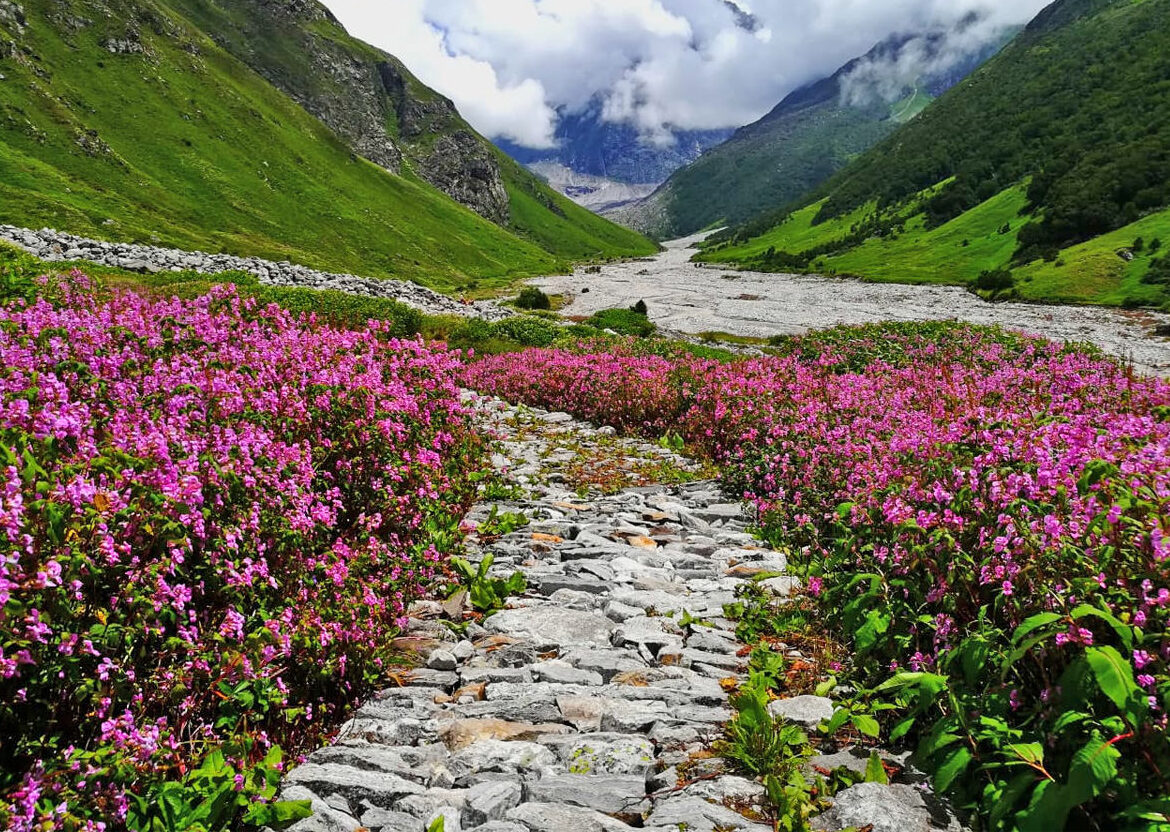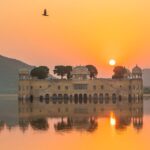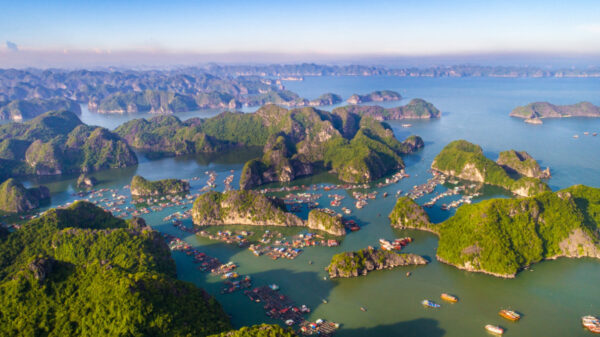The Valley of Flowers in Uttarakhand is a natural wonderland that is simply ready to be explored. This UNESCO World Heritage Site serves as a recognition of India’s stunning natural beauty. In this travel blog, we will be giving you information about this beautiful location so that your visit can become memorable.
Location and Geography
The Valley of Flowers is situated in Uttarakhand’s Chamoli region and is a part of the Nanda Devi Biosphere Reserve. Located somewhere between 3,250 and 6,750 meters above sea level, this pleasant valley is enclosed by rich vegetation and covered by snow-covered hills. The valley is one of the biggest high-altitude Himalayan valleys, spanning around 87.5 square kilometers.
Biodiversity at Its Best
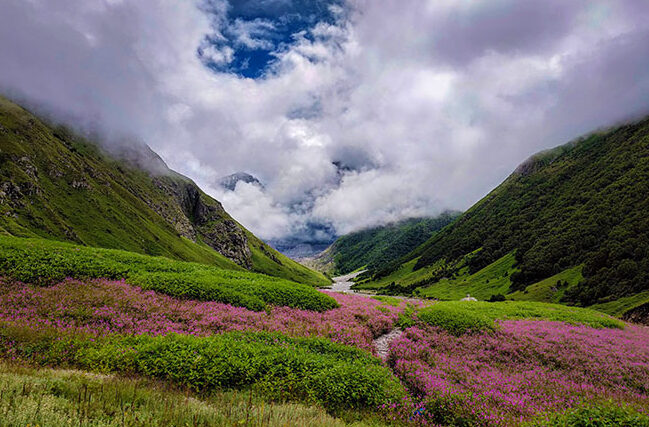
People well-recognize and respect the remarkable biodiversity of the Valley of Flowers. This area is home to around 500 different kinds of wildflowers, such as orchids, poppies, and marigolds, which provide vivid colors to the surrounding scenery. It’s a blooming paradise where the natural world displays its creative genius and gives something new every season. In particular, the monsoon turns the valley into a living artwork with its carpet of blossoming flowers.
Wildlife Encounters

The valley has more to offer than its fascinating vegetation. Immaculate surroundings attract numerous animal species seeking safety there. If you’re fortunate, you could see musk deer, snow leopards, Himalayan tahr, and a variety of bird species. For those who like watching nature and birds, it’s a wonderland.
Historical Significance
The Valley of Flowers is significant historically and mythologically in addition to being visually stunning. Local mythology holds that during the epic Ramayana, Lord Hanuman brought the legendary plant “Sanjeevani Buti” from this particular valley to bring Lord Lakshman back to life. Its legendary association further enhances the significance of the valley.
The Best Time to Visit
If you want to see the Valley of Flowers at its peak, it’s best to schedule your visit between July and August. The monsoon rainfall around this time awakens the dormant seeds, causing the valley to explode in a riot of color. It’s the perfect time to explore since the walking tracks are open and the weather is good.
Trekking Adventures
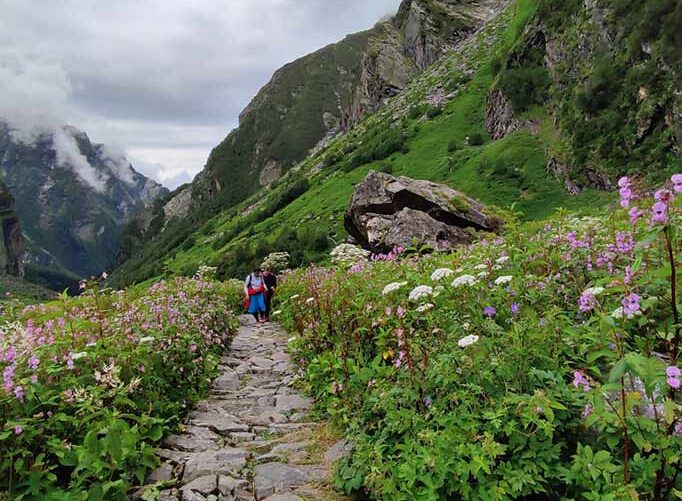
Discovering the Valley of Flowers is a unique journey. Starting in Govindghat, the walk continues to Ghangaria, the valley’s base camp. The fairly difficult 16-kilometer walk to Ghangaria takes you through woods, along the Pushpawati River, and offers breathtaking views of the Garhwal Himalayas.
You may walk for five km from Ghangaria to the Valley of Flowers. Traveling on the well-marked and maintained path is certain to be safe and pleasant. We encourage visitors to adhere to tight standards to minimize their ecological effects, as we protect the area to conserve its natural beauty.
Stunning Views and Photography
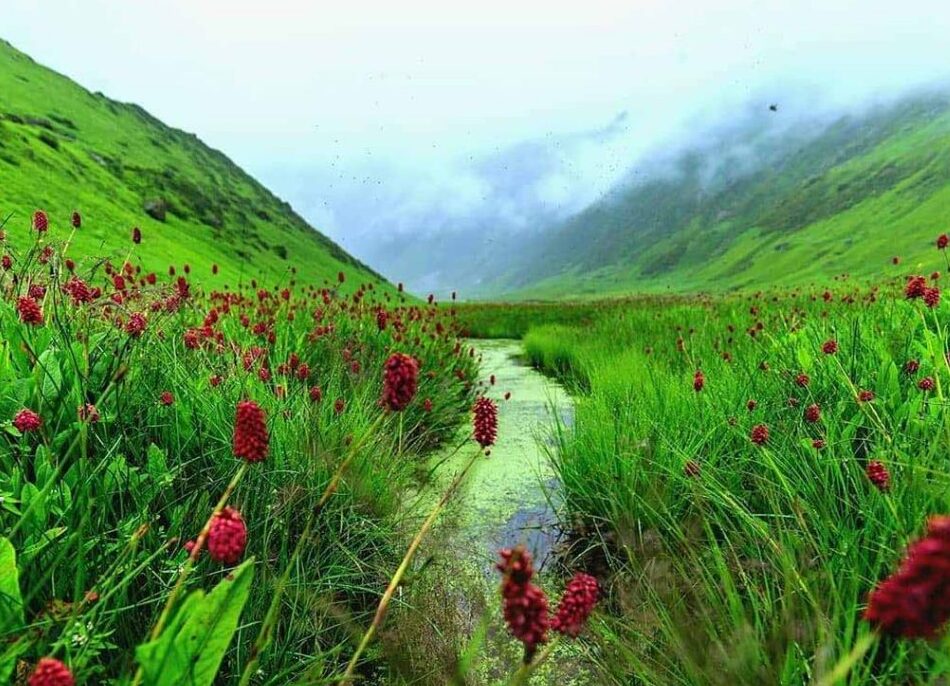
For those who love taking pictures, the Valley of Flowers is an absolute heaven. The landscape’s constant change provides a wealth of opportunity to capture its beauty. Awe-inspiring vistas of the Himalayas, verdant meadows, and gorgeous flowers will captivate you. Capturing the beauty of nature will tax your camera.
Precautions and Essentials
Being well-prepared before touring this natural marvel is important. Ensure you have appropriate footwear, rain gear, warm clothes, and climbing gear. It’s vital to remain hydrated, and it’s smart to pack a few snacks since you may not find food along the course. Before you go off on your trip, ensure you have the necessary permissions and know about the climate.
Conservation and Preservation
Because the Valley of Flowers is an ecosystem in flux, it is critical to protect its unspoiled splendor for future generations. We recommend that visitors follow responsible tourist practices, which entail refraining from picking flowers or disturbing the native flora and wildlife in this area. It is part of the Nanda Devi Biosphere Reserve, and preserving the biological equilibrium of the region requires these conservation measures.
Conclusion
Uttarakhand’s Valley of Flowers appeals to adventurers, outdoor enthusiasts, and biodiversity lovers. Everyone may find something to enjoy in this valley, from its vibrant wildflower display to its extensive history and hiking opportunities.

